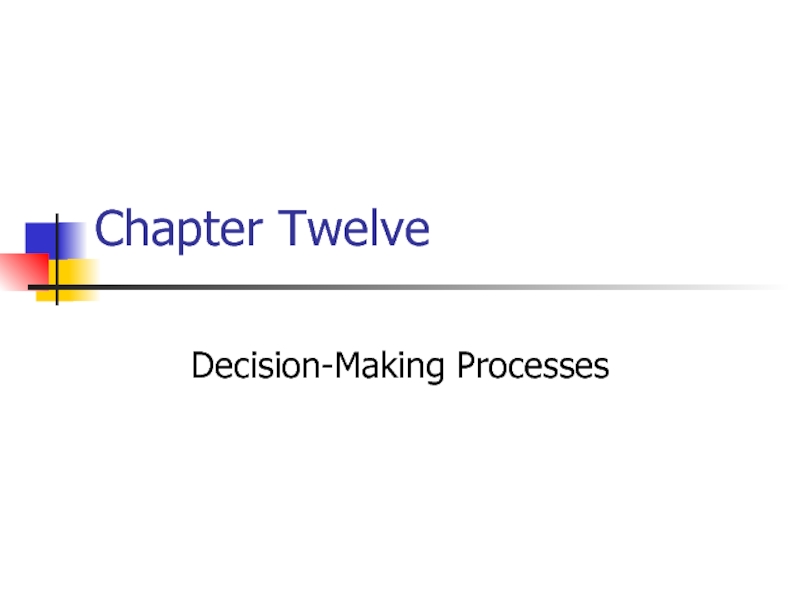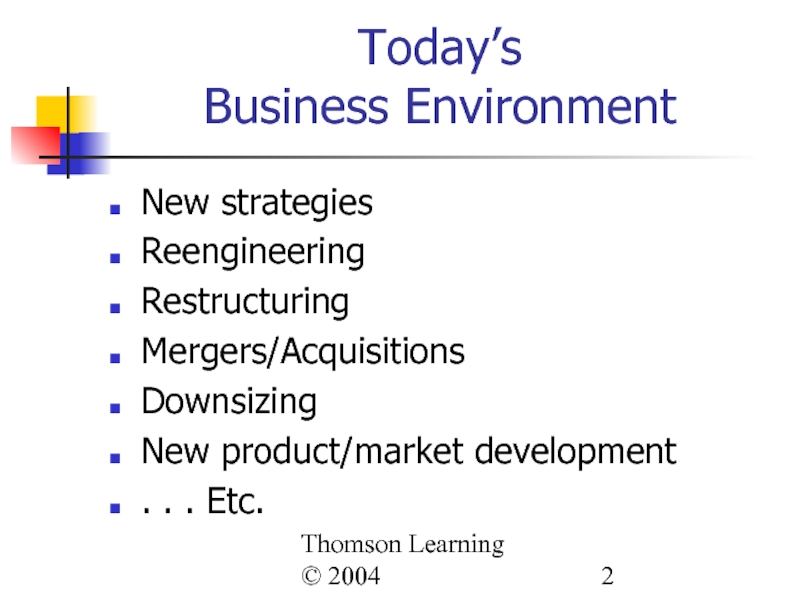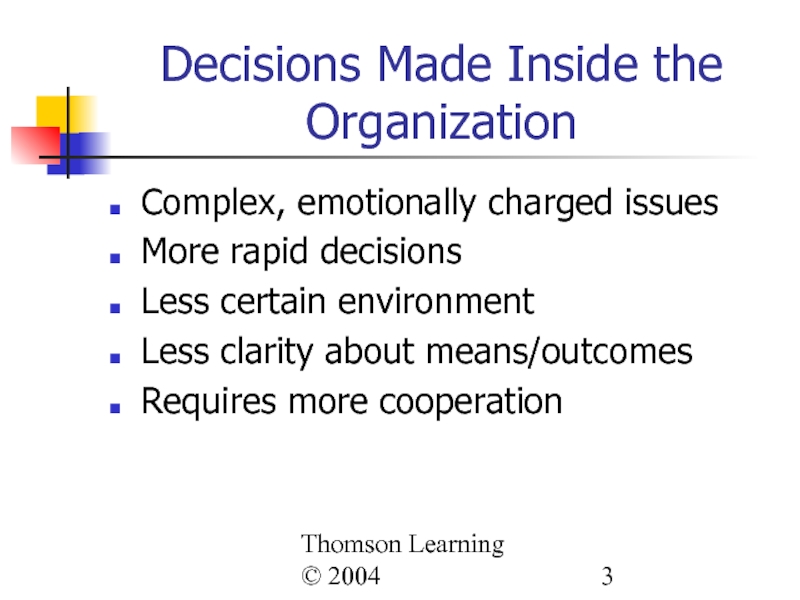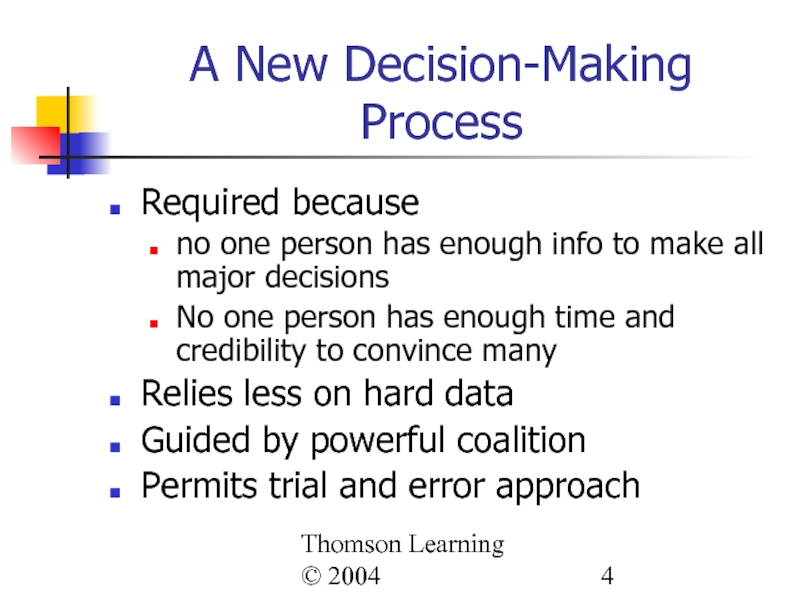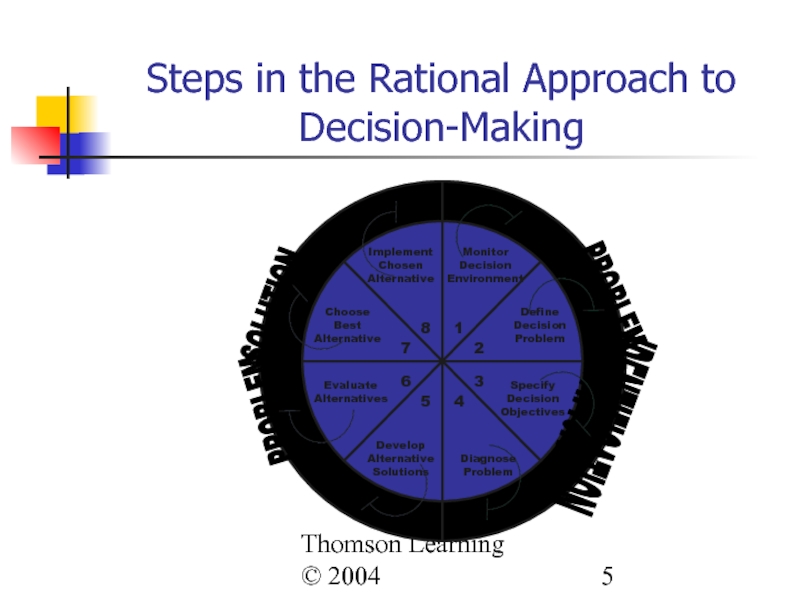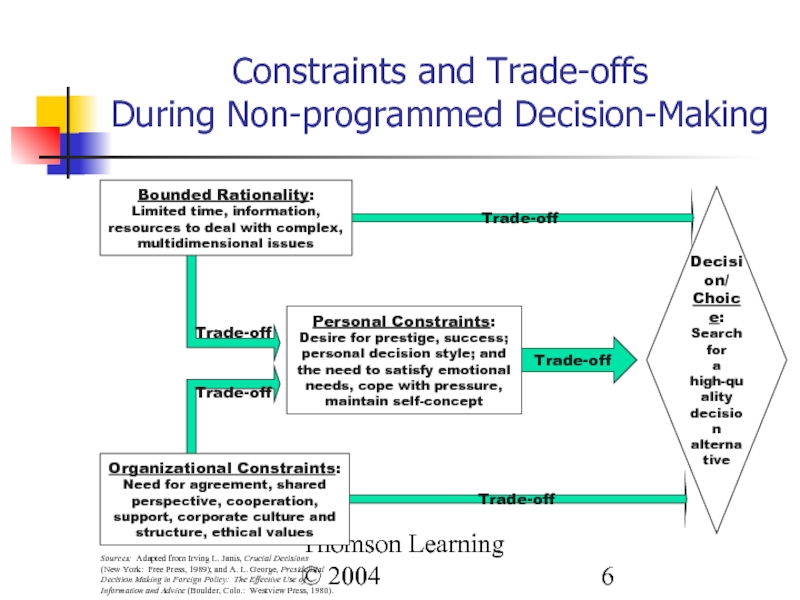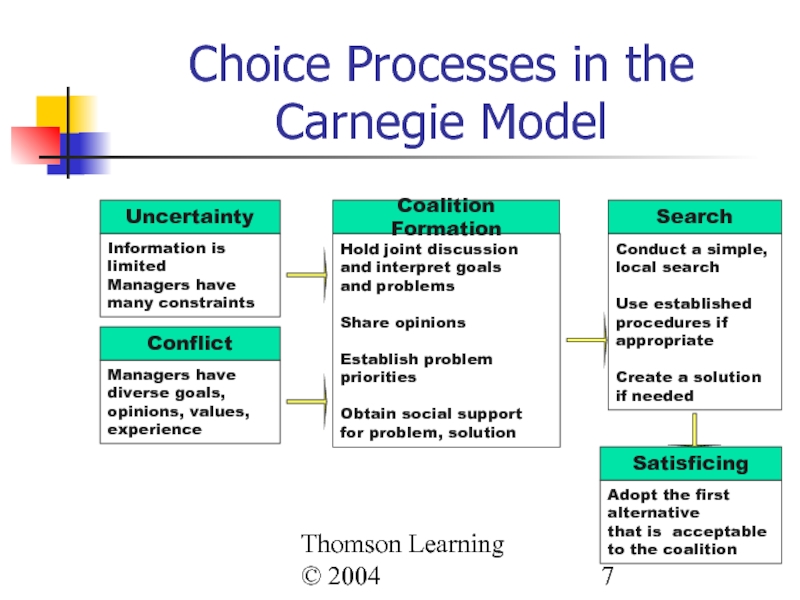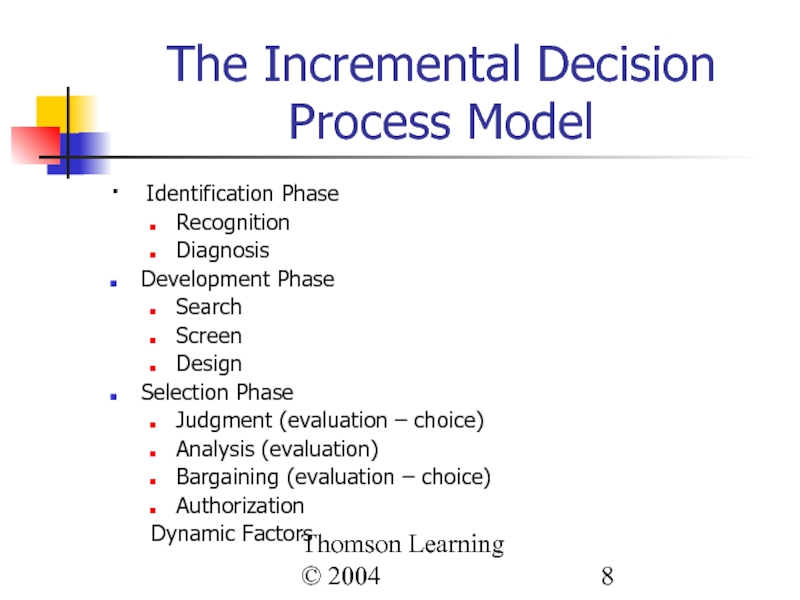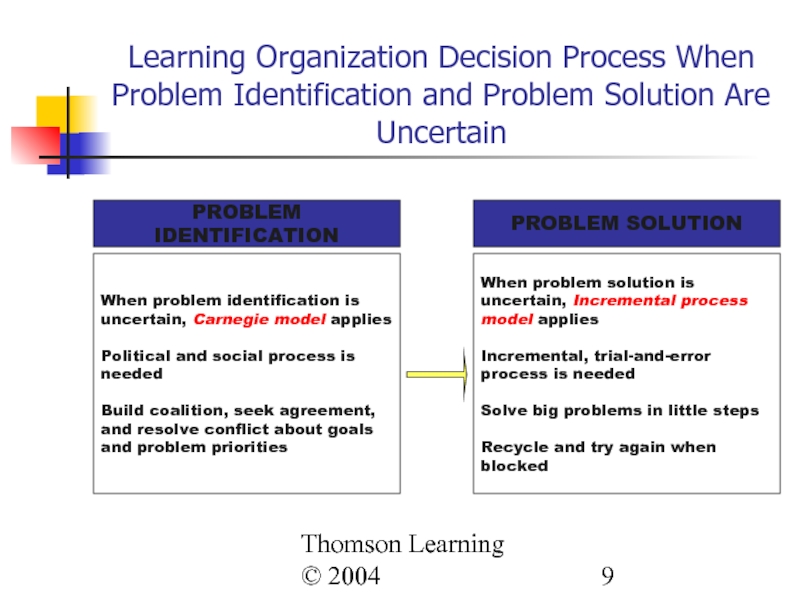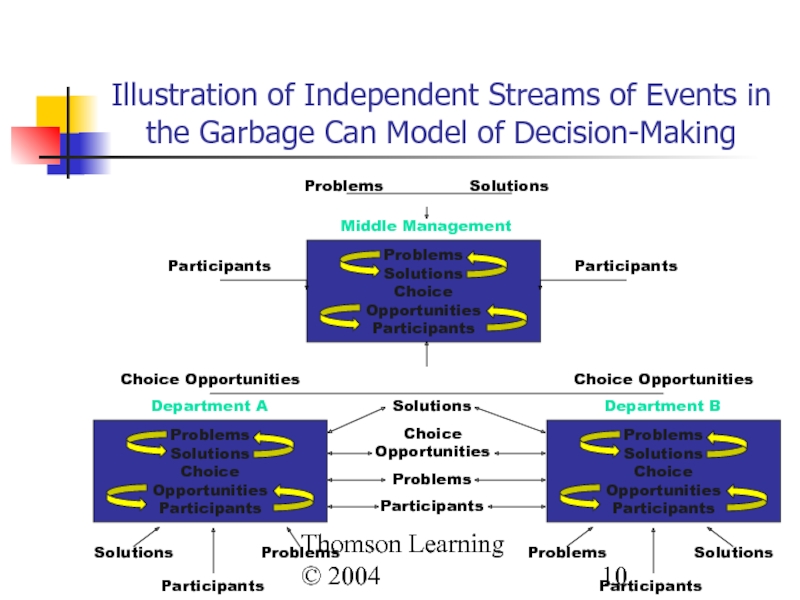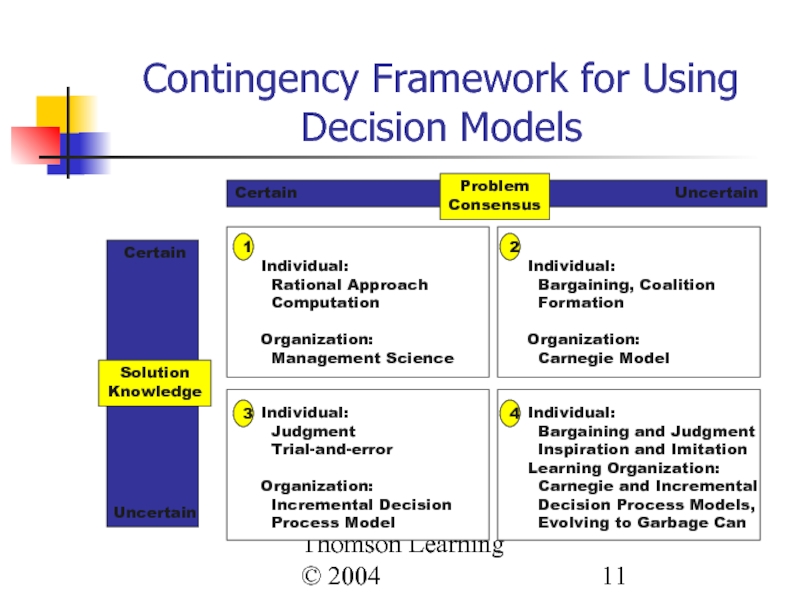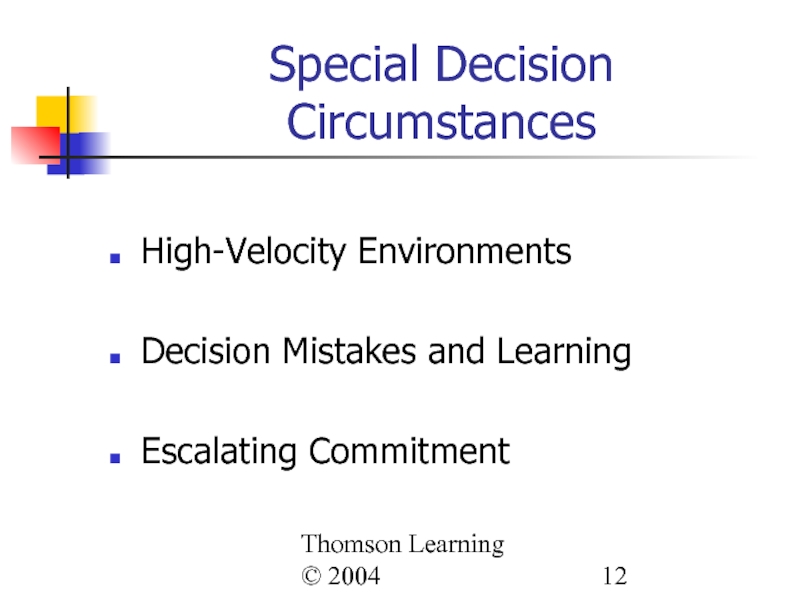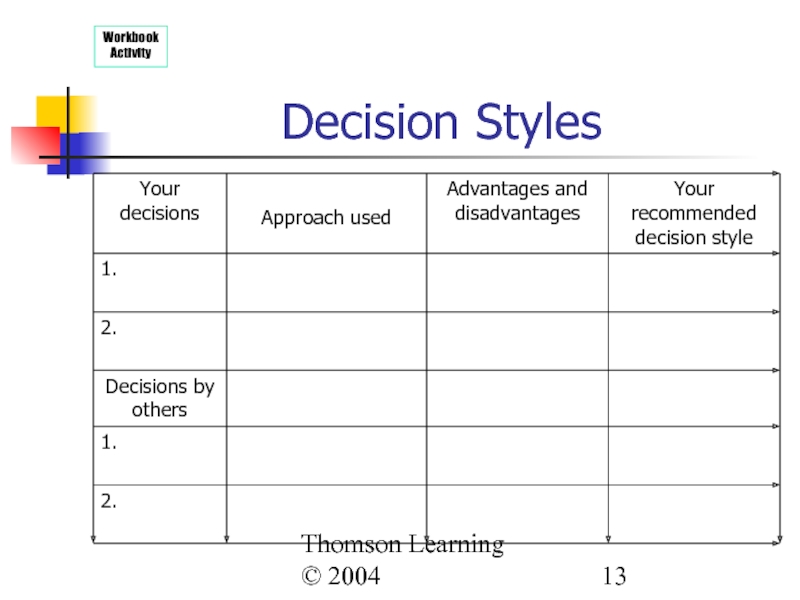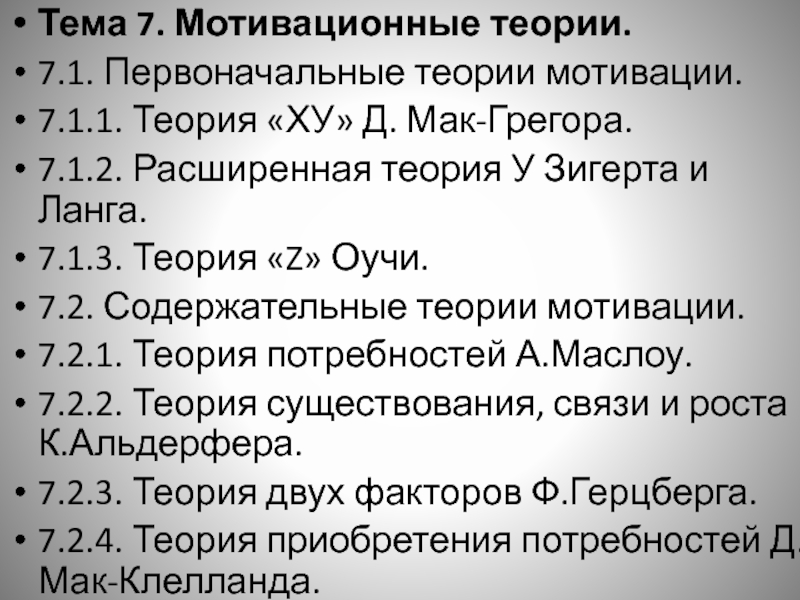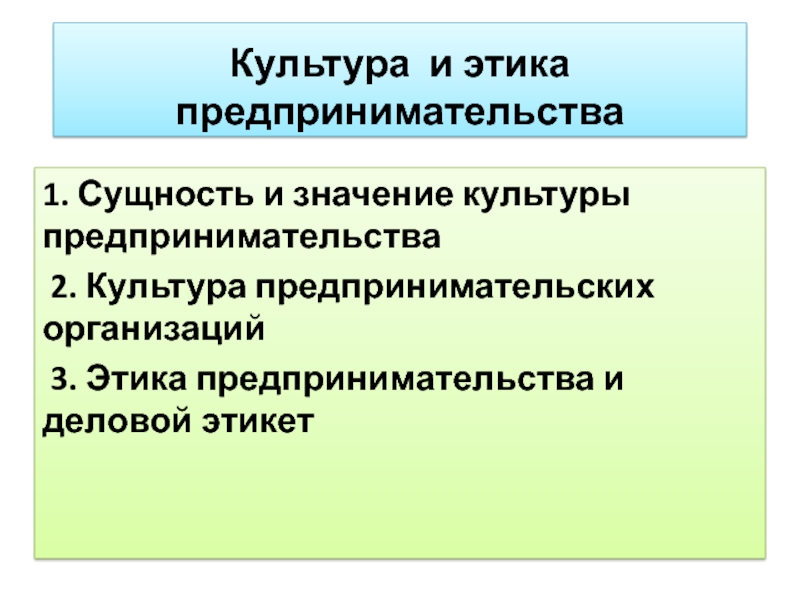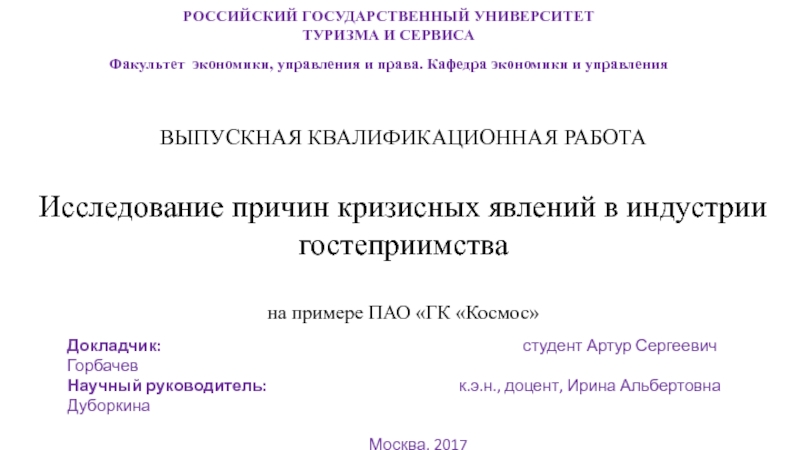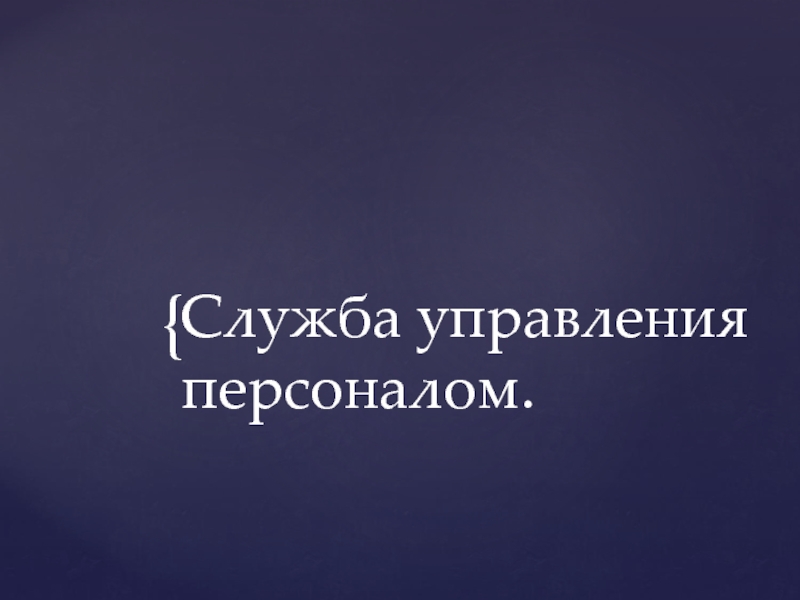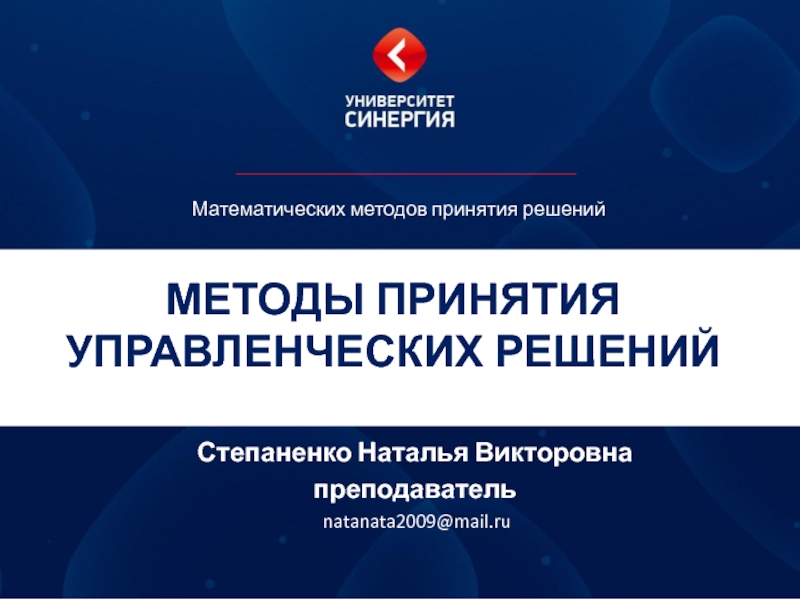- Главная
- Разное
- Дизайн
- Бизнес и предпринимательство
- Аналитика
- Образование
- Развлечения
- Красота и здоровье
- Финансы
- Государство
- Путешествия
- Спорт
- Недвижимость
- Армия
- Графика
- Культурология
- Еда и кулинария
- Лингвистика
- Английский язык
- Астрономия
- Алгебра
- Биология
- География
- Детские презентации
- Информатика
- История
- Литература
- Маркетинг
- Математика
- Медицина
- Менеджмент
- Музыка
- МХК
- Немецкий язык
- ОБЖ
- Обществознание
- Окружающий мир
- Педагогика
- Русский язык
- Технология
- Физика
- Философия
- Химия
- Шаблоны, картинки для презентаций
- Экология
- Экономика
- Юриспруденция
Decision-making processes. (Chapter 12) презентация
Содержание
- 1. Decision-making processes. (Chapter 12)
- 2. Thomson Learning © 2004 Today’s
- 3. Thomson Learning © 2004 Decisions Made Inside
- 4. Thomson Learning © 2004 A New Decision-Making
- 5. Thomson Learning © 2004 Steps in the Rational Approach to Decision-Making
- 6. Thomson Learning © 2004 Trade-off Trade-off Trade-off
- 7. Thomson Learning © 2004 Choice Processes in
- 8. Thomson Learning © 2004 The Incremental Decision
- 9. Thomson Learning © 2004 Learning Organization Decision
- 10. Thomson Learning © 2004 Illustration of Independent
- 11. Thomson Learning © 2004 Contingency Framework for
- 12. Thomson Learning © 2004 Special Decision Circumstances
- 13. Thomson Learning © 2004 Decision Styles Workbook Activity
Слайд 2Thomson Learning
© 2004
Today’s
Business Environment
New strategies
Reengineering
Restructuring
Mergers/Acquisitions
Downsizing
New product/market development
. . . Etc.
Слайд 3Thomson Learning
© 2004
Decisions Made Inside the Organization
Complex, emotionally charged issues
More rapid
Less certain environment
Less clarity about means/outcomes
Requires more cooperation
Слайд 4Thomson Learning
© 2004
A New Decision-Making Process
Required because
no one person has enough
No one person has enough time and credibility to convince many
Relies less on hard data
Guided by powerful coalition
Permits trial and error approach
Слайд 6Thomson Learning
© 2004
Trade-off
Trade-off
Trade-off
Constraints and Trade-offs
During Non-programmed Decision-Making
Personal Constraints:
Desire for prestige,
personal decision style; and
the need to satisfy emotional
needs, cope with pressure,
maintain self-concept
Organizational Constraints:
Need for agreement, shared
perspective, cooperation,
support, corporate culture and
structure, ethical values
Bounded Rationality:
Limited time, information,
resources to deal with complex,
multidimensional issues
Decision/
Choice:
Search for
a high-quality
decision
alternative
Trade-off
Trade-off
Sources: Adapted from Irving L. Janis, Crucial Decisions
(New York: Free Press, 1989); and A. L. George, Presidential
Decision Making in Foreign Policy: The Effective Use of
Information and Advice (Boulder, Colo.: Westview Press, 1980).
Слайд 7Thomson Learning
© 2004
Choice Processes in the Carnegie Model
Hold joint discussion
and interpret
and problems
Share opinions
Establish problem
priorities
Obtain social support
for problem, solution
Adopt the first
alternative
that is acceptable
to the coalition
Conduct a simple,
local search
Use established
procedures if
appropriate
Create a solution
if needed
Managers have
diverse goals,
opinions, values,
experience
Information is
limited
Managers have
many constraints
Uncertainty
Coalition Formation
Search
Satisficing
Conflict
Слайд 8Thomson Learning
© 2004
The Incremental Decision Process Model
· Identification Phase
Recognition
Diagnosis
Development Phase
Search
Screen
Design
Selection
Judgment (evaluation – choice)
Analysis (evaluation)
Bargaining (evaluation – choice)
Authorization
Dynamic Factors
Слайд 9Thomson Learning
© 2004
Learning Organization Decision Process When Problem Identification and Problem
When problem identification is
uncertain, Carnegie model applies
Political and social process is
needed
Build coalition, seek agreement,
and resolve conflict about goals
and problem priorities
When problem solution is
uncertain, Incremental process
model applies
Incremental, trial-and-error
process is needed
Solve big problems in little steps
Recycle and try again when
blocked
PROBLEM IDENTIFICATION
PROBLEM SOLUTION
Слайд 10Thomson Learning
© 2004
Illustration of Independent Streams of Events in the Garbage
Problems
Solutions
Choice
Opportunities
Participants
Problems
Solutions
Choice
Opportunities
Participants
Problems
Solutions
Choice
Opportunities
Participants
Choice Opportunities
Choice Opportunities
Participants
Participants
Middle Management
Problems
Solutions
Solutions
Participants
Problems
Problems
Solutions
Choice
Opportunities
Problems
Participants
Participants
Solutions
Department A
Department B
Слайд 11Thomson Learning
© 2004
Contingency Framework for Using Decision Models
Problem
Consensus
Individual:
Rational Approach
Computation
Organization:
Individual:
Bargaining, Coalition
Formation
Organization:
Carnegie Model
Individual:
Judgment
Trial-and-error
Organization:
Incremental Decision
Process Model
Individual:
Bargaining and Judgment
Inspiration and Imitation
Learning Organization:
Carnegie and Incremental
Decision Process Models,
Evolving to Garbage Can
Solution
Knowledge
Certain
Uncertain
4
2
1
3
